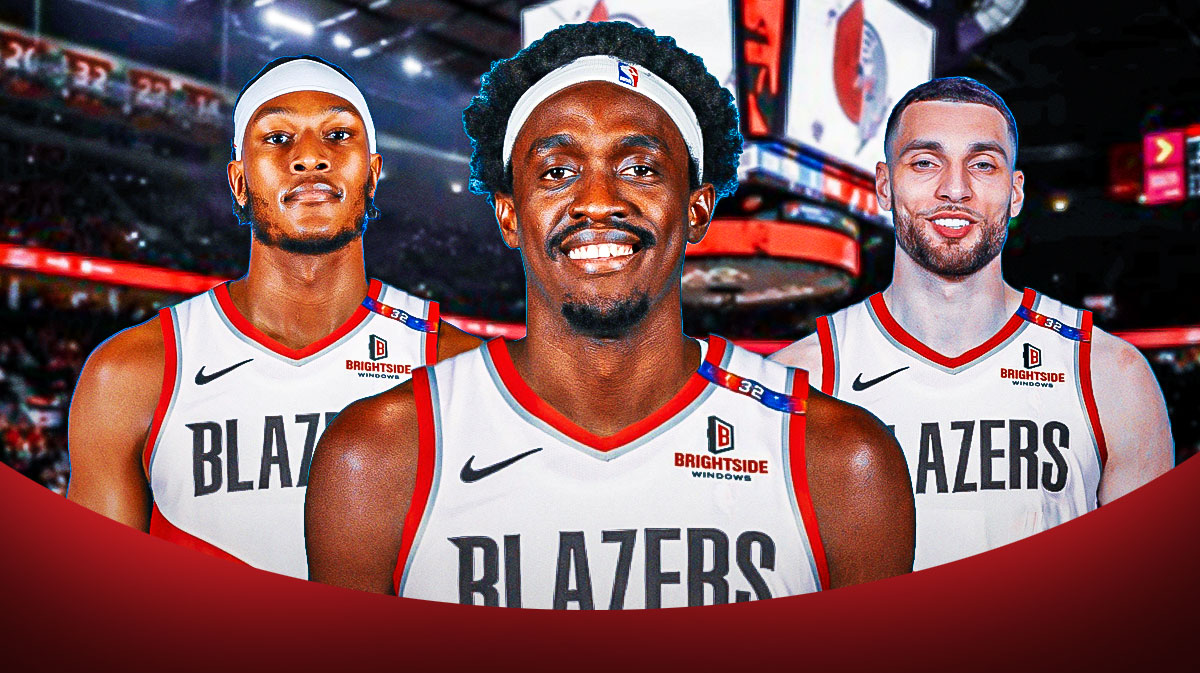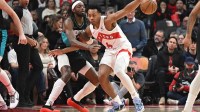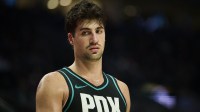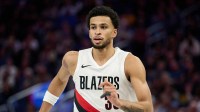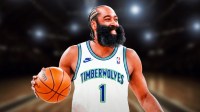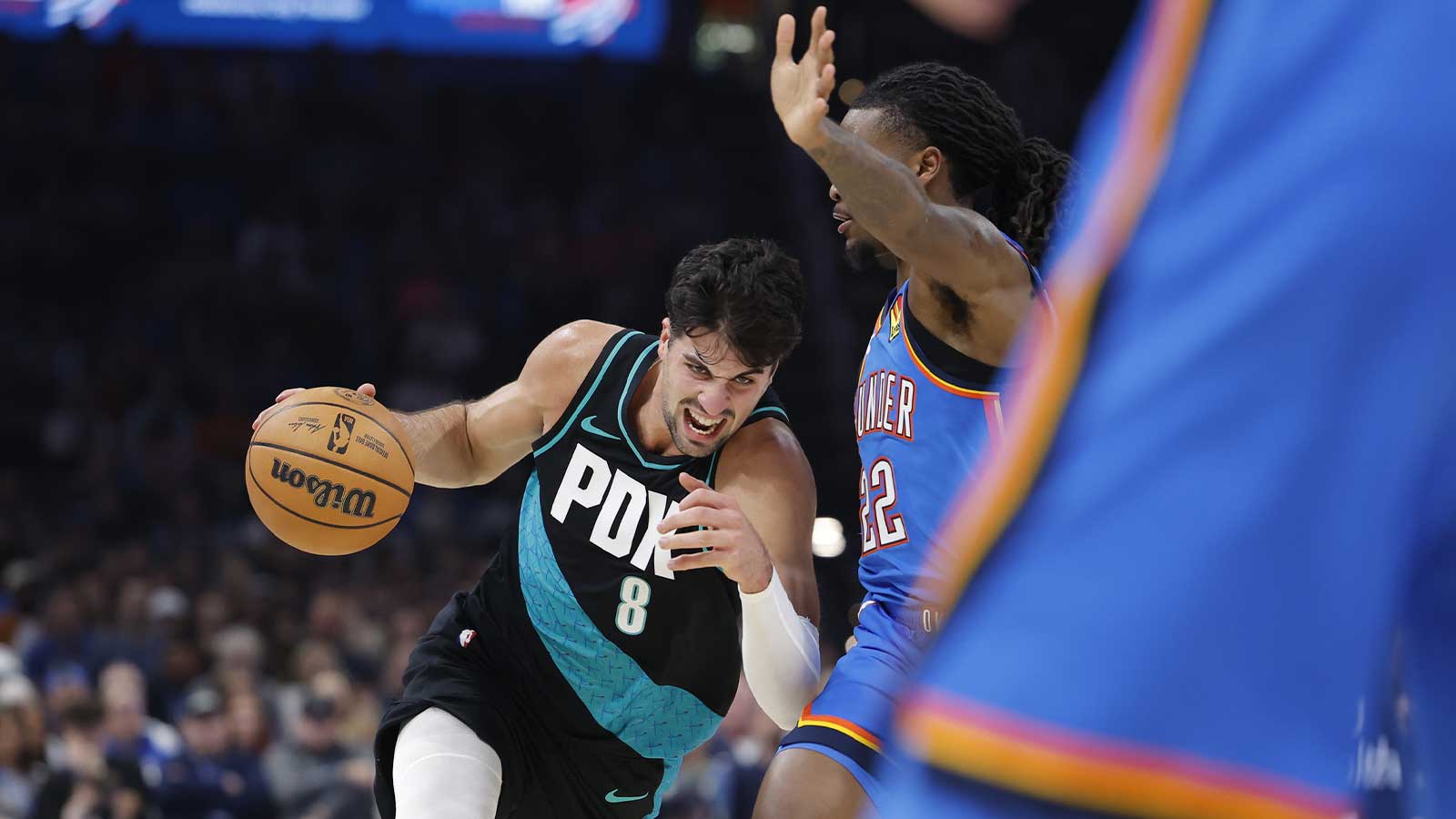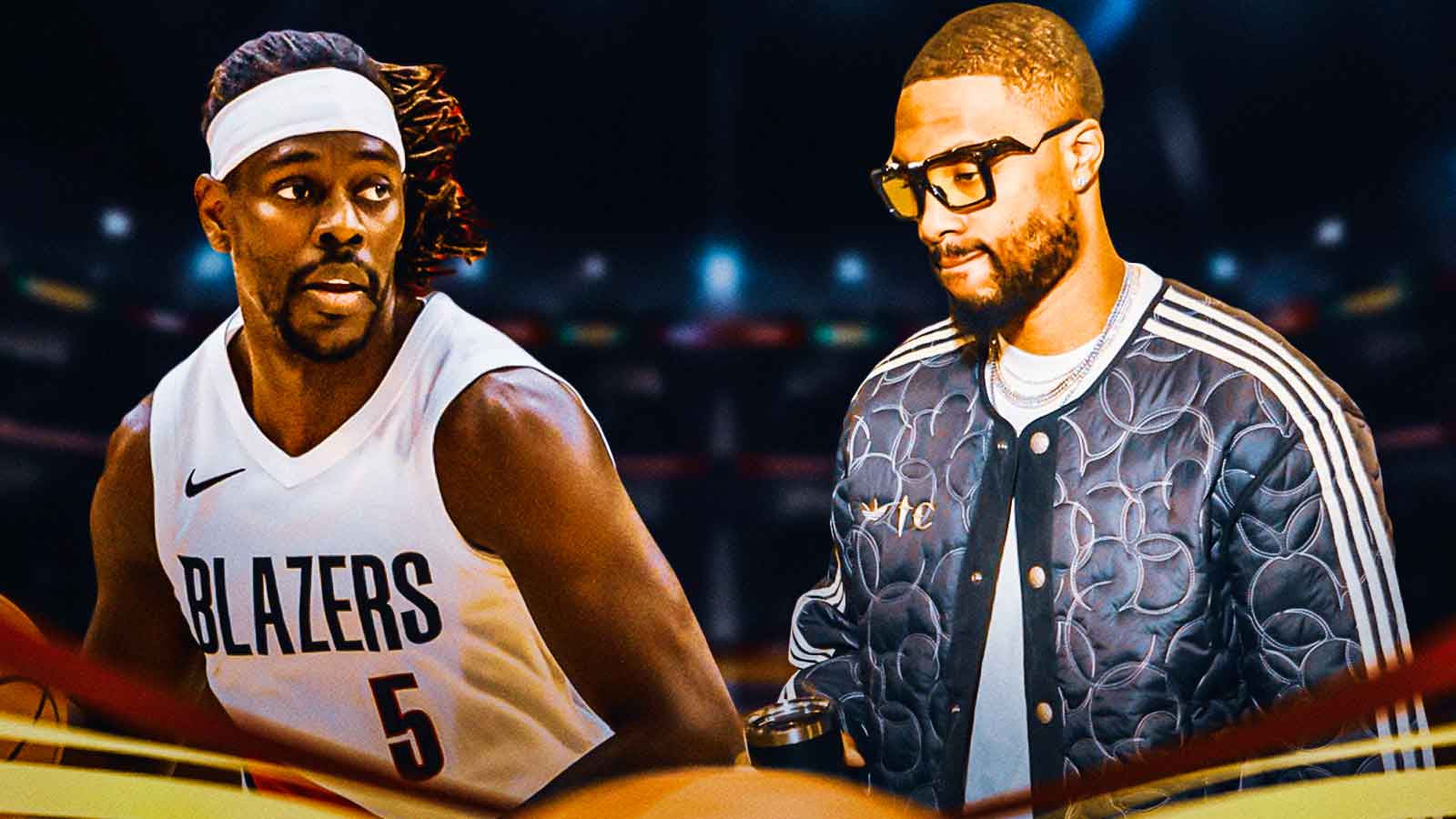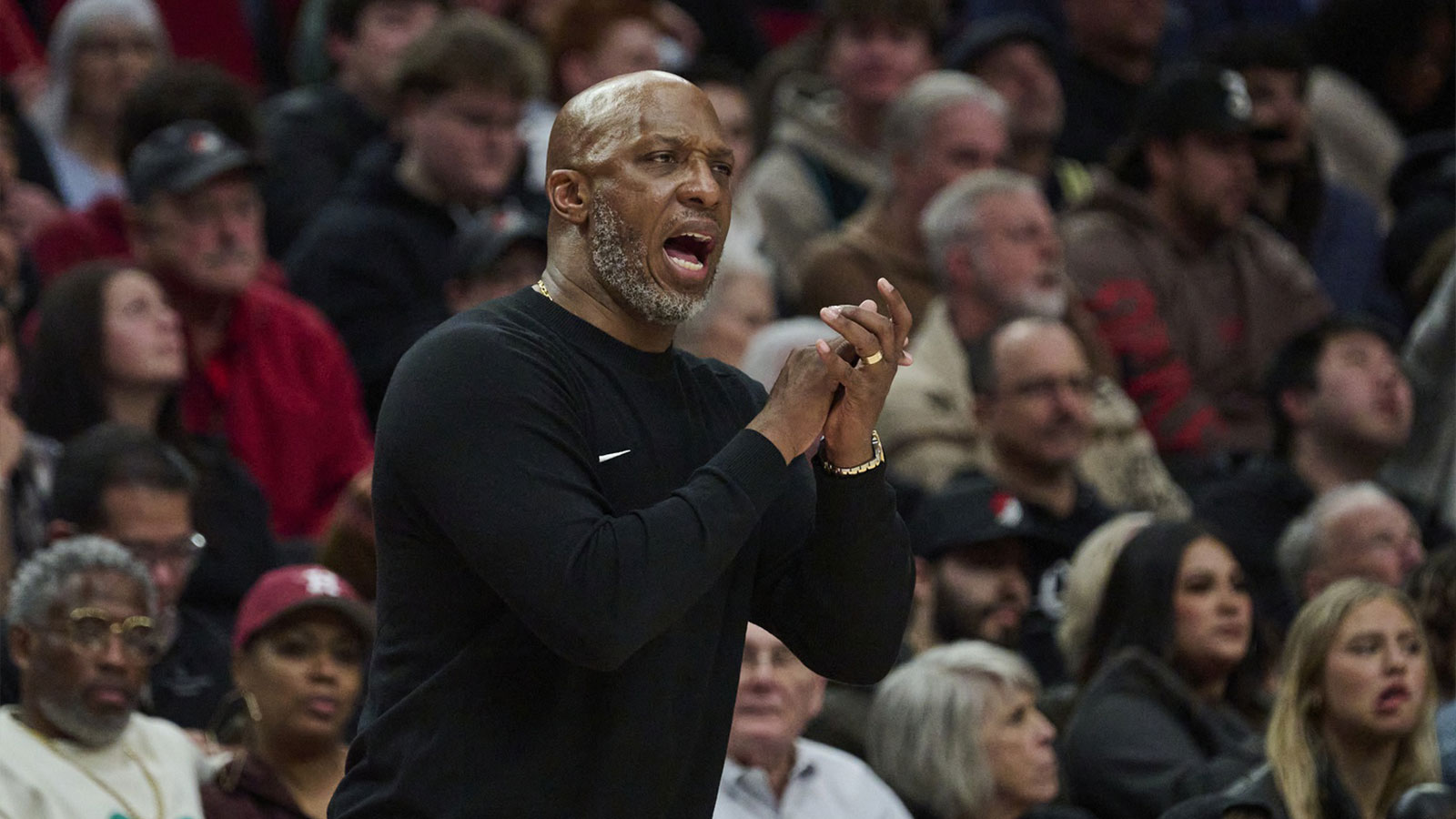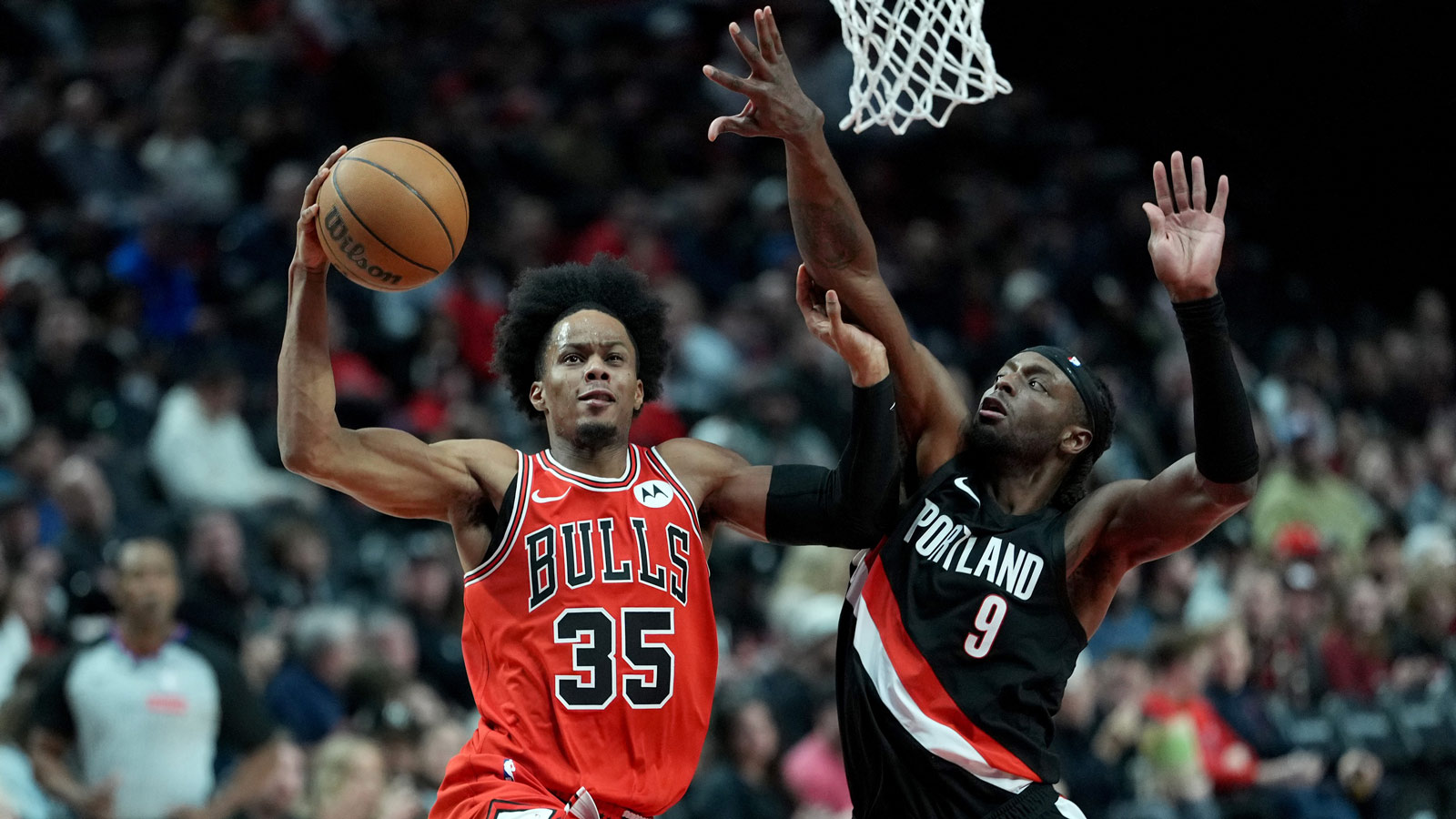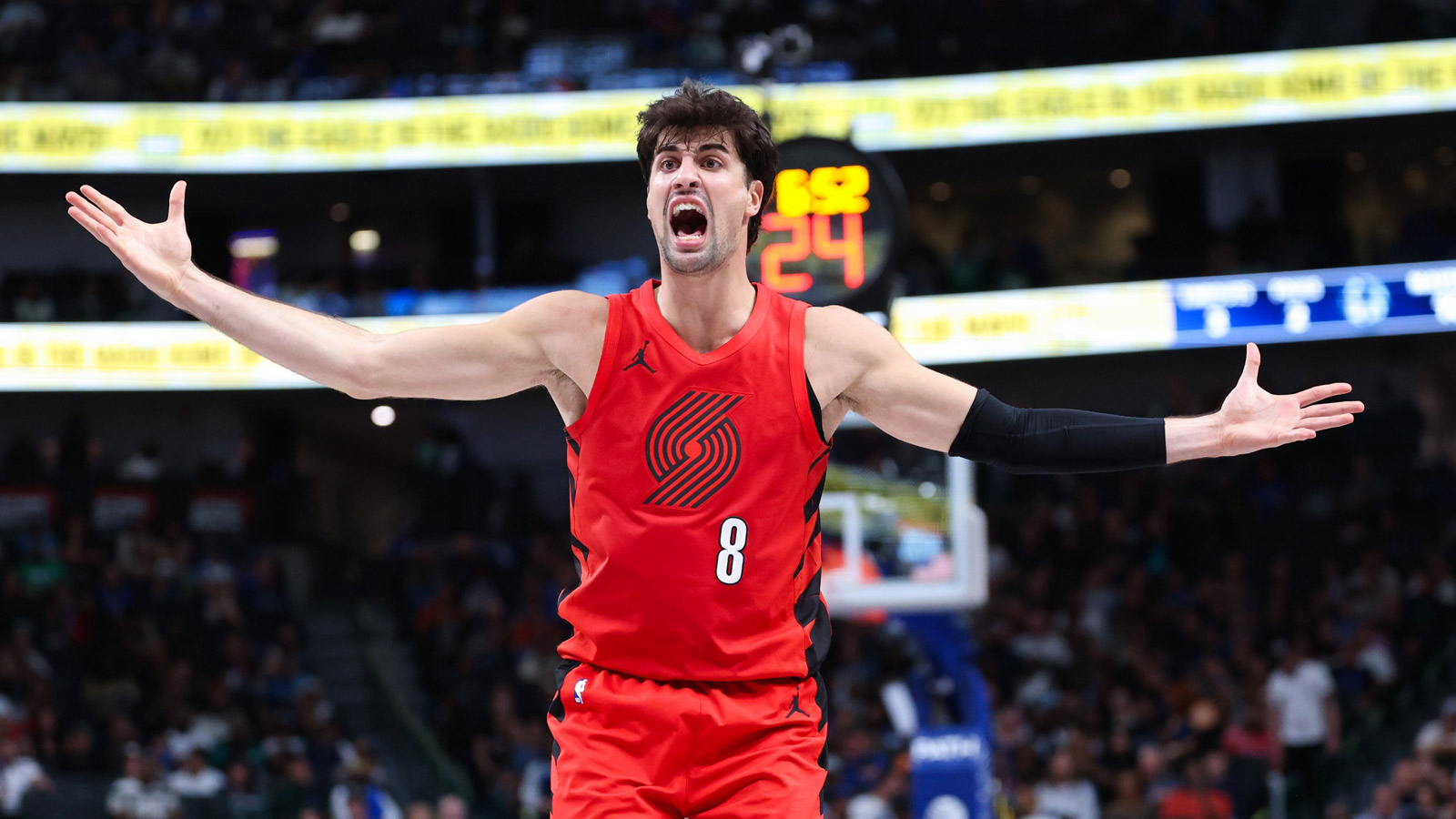The Portland Trail Blazers have found themselves in a fascinating, almost paradoxical position heading into the 2025-26 NBA season. On one hand, they are still building around their young core of Scoot Henderson, Shaedon Sharpe, Donovan Clingan, and 2025 lottery pick Yang Hansen. On the other hand, the franchise has unexpectedly doubled down on its veteran presence by bringing Damian Lillard back from the Milwaukee Bucks and surrounding him with proven contributors like Jrue Holiday and Jerami Grant.
That combination of youth and experience leaves the Blazers hovering in a precarious middle ground, too talented to be written off as a bottom-feeder, yet too raw and inconsistent to be considered a true contender in a crowded Western Conference. This is where the trade market will matter most. Portland is armed with assets: young players with upside, attractive contracts, and a fanbase hungry for relevance after years of transition. If the Blazers are to push closer toward playoff legitimacy in 2025-26, they will need to be aggressive in adding the right complementary pieces. Below are three trade targets that fit their timeline, positional needs, and financial structure.
Pascal Siakam: A veteran wing who bridges the gap
The most glaring weakness in Portland’s current roster construction lies on the wing. Jerami Grant is an offensive threat, but his contract is cumbersome, and Matisse Thybulle, while an elite defender, remains a limited offensive option. Shaedon Sharpe is still growing into his role, and while Rayan Rupert and Kris Murray bring flashes of two-way potential, they are not ready to shoulder the heavy responsibility of competing against the likes of Anthony Edwards, Luka Doncic, or Kawhi Leonard in a playoff series.
"I'm just a young kid from Cameroon that moved to the U.S. when he was 18 years old and gave everything to the game of basketball."
Pascal Siakam left everything on the floor last season 😤 pic.twitter.com/gnsQNIqODD
— Indiana Pacers (@Pacers) September 3, 2025
Pascal Siakam, who continues to produce at an All-Star level with Indiana, is precisely the kind of veteran who could transform the Blazers’ wing rotation. His ability to score in isolation, create for others, and defend multiple positions would immediately raise Portland’s floor. Siakam is also a battle-tested playoff performer, and his championship pedigree would bring balance to a team currently split between veterans trying to win now and young players learning the ropes.
The financials would be tricky, but Portland does have the means to make a move. Grant’s $32 million salary could act as the centerpiece in a trade, supplemented by one or two of Portland’s intriguing young wings. In return, the Blazers would acquire a player who fits perfectly between Scoot Henderson’s playmaking, Damian Lillard’s perimeter scoring, and Donovan Clingan’s interior presence. For Portland, acquiring Siakam would signal a commitment to competing in the present without completely abandoning the future.
Myles Turner: Stabilizing the frontcourt
The Blazers have quietly stockpiled size in recent years, adding Donovan Clingan through the draft and Yang Hansen as another promising big man. Robert Williams III, though often injured, remains a high-level defensive anchor when healthy. And yet, the Blazers still lack a true modern big man who can both protect the rim and stretch the floor. That’s where Myles Turner enters the conversation.
Turner has long been one of the league’s most underrated centers. His ability to block shots at an elite rate while also spacing the floor with three-point shooting makes him a rare two-way presence in the modern NBA. Adding Turner to the roster would allow Portland to diversify its frontcourt looks. The Blazers could go big with Turner and Clingan, run small-ball lineups with Turner at the five, or stagger minutes to ensure constant rim protection.
Turner would also ease the workload of Damian Lillard and Jrue Holiday. Portland’s guards thrive when they have a big man who can set hard screens, roll with force, and still pop out for three when defenses collapse. Turner provides that versatility, and his presence would prevent the Blazers from being overly reliant on unproven young players in high-stakes situations.
A Turner trade would likely involve Robert Williams III as salary ballast, paired with a future first-round pick or a developing wing. While Williams has value, his injury history may deter teams from fully investing in him as a franchise cornerstone. Turner, meanwhile, offers immediate dependability, fitting Portland’s dual goals of competing now and maintaining flexibility moving forward.
Zach LaVine: A scoring wing to unlock the offense
If there’s one thing Damian Lillard has always needed beside him, it’s a high-level secondary scorer who can consistently relieve pressure. In the past, that role fell to CJ McCollum. In the present, the Blazers have young guards and wings with potential, but no one has proven enough to guarantee 20+ points per game on a nightly basis. This is why Zach LaVine could be an intriguing gamble for Portland.
Remember when Zach LaVine gave us 37 in Cleveland? 🤯 pic.twitter.com/Knj4t2U94Q
— SleeperKings (@SleeperSacKings) August 26, 2025
Pairing LaVine with Lillard and Henderson would give Portland one of the most dynamic backcourts in the league, forcing defenses to pick their poison on every possession. The risk, of course, is his contract. LaVine is owed significant money, and his durability has been a recurring concern. The upside, however, is equally compelling: A fully healthy LaVine could tilt Portland’s offense into top-10 territory and alleviate the immense scoring load on Lillard. In a Western Conference where depth of talent often determines playoff survival, adding another proven scorer might be the Blazers’ best chance at elevating themselves from play-in hopefuls to legitimate postseason threats.
Where do the Blazers stand?
The Portland Trail Blazers’ 2025-26 season will be defined by the tension between patience and urgency. With Damian Lillard and Jrue Holiday anchoring the backcourt, the team cannot afford to waste opportunities, yet the development of Scoot Henderson, Shaedon Sharpe, and Donovan Clingan is too important to mortgage for short-term gains. That balance makes the trade market the natural pivot point for their season.
Pascal Siakam offers the proven two-way wing play Portland desperately needs. Myles Turner provides stability, spacing, and rim protection to modernize the frontcourt. Zach LaVine, meanwhile, could be the offensive jolt that finally unlocks the Blazers’ full potential. None of these moves come without risk, but each represents a path forward that blends the franchise’s short- and long-term ambitions.
The Western Conference will not wait for Portland to figure things out. With powerhouses like Denver, Minnesota, and Oklahoma City entrenched at the top, the Blazers will need boldness to keep pace. Whether they chase a veteran star or a reliable role player, the decisions made over the next year will determine whether Portland stays in the middle of the pack or finally breaks free into relevance.

